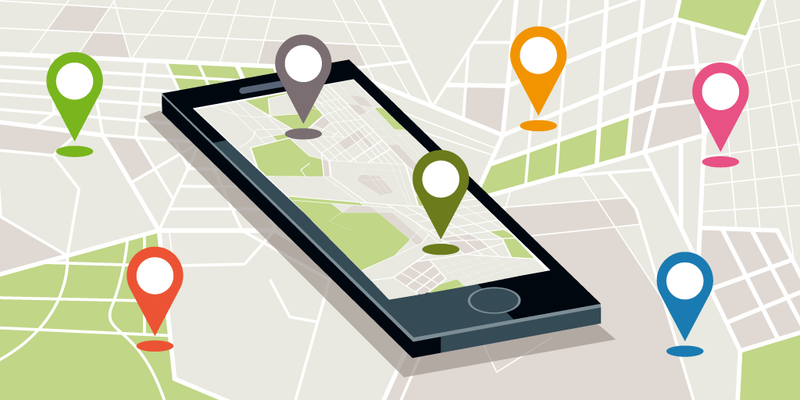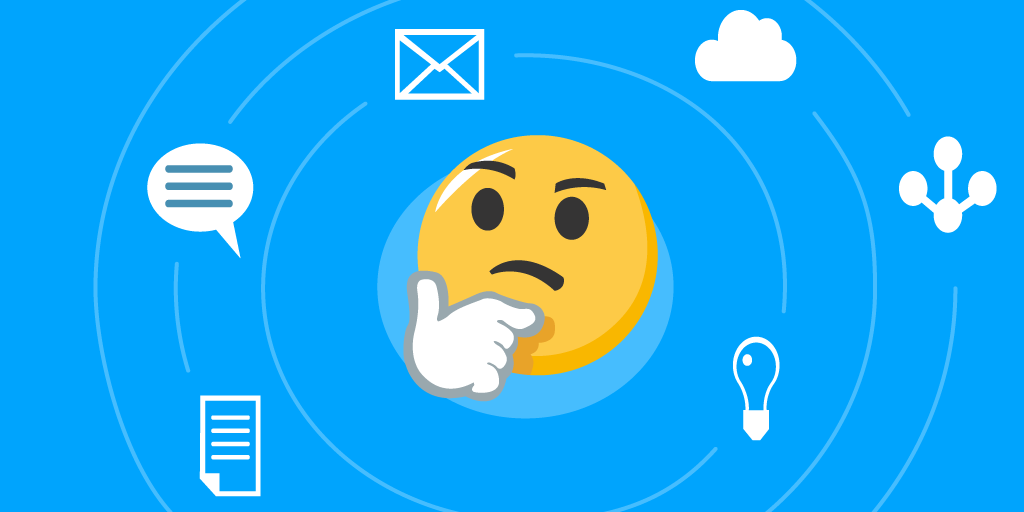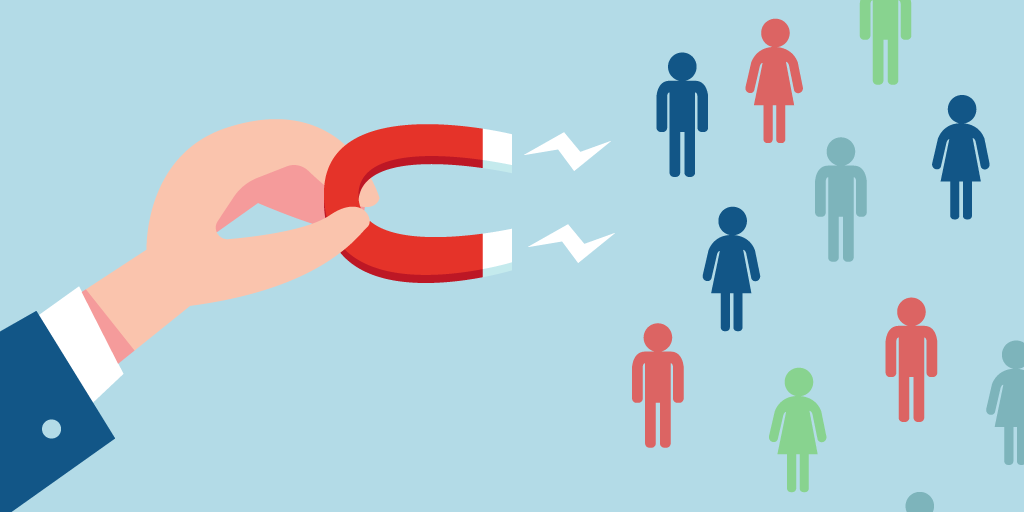Information is the all-important resource for any business. It’s the gold of the 21st Century. For businesses, knowing how to use that information today to improve customer service is the key to open tomorrow’s success.
Which brings us to a particular kind of information: location data.
This kind of customer service statistic is a transformative tool for businesses. One that alters the shopping experience for the better.
What is location data?
Well, the definition is in the name — to an extent. Location data is customer service data analytics that maps not only the layout of the store but also tells businesses where customers are within their store.
Location data’s seemingly simple customer service dataset offers businesses the chance to continuously offer a better customer experience.
Knowing How Customers Shop
Businesses have strived to understand their customers since the first shop opened. More than 84% of company executives highlight their company’s customer experience goals as their priority.
These days surveys, Yelp reviews, and social media interactions can only tell businesses so much about who is shopping with them. They don’t always give businesses the accurate customer service analytics they need to improve the customer’s experience.
But we live in the future.
And in the future location data gives us the information businesses need to revamp their stores and streamline the customer’s shopping experience.
Building an Accurate Map for Your Store

First and foremost, location data tells you how customers are navigating your store.
In essence, location data builds a digital map of your store. And keeps track of customers flow through the layout of the store to analyze their movements for hiccups.
Are they carried along by the flow of the store’s layout? Or, are they becoming confused at choke points, eventually becoming frustrated and choosing not to shop with you.
As [one study on customer experience and sales notes]:
“Carefully adapting the product allocation within shelves as well the way in which shelves are arranged in stores to the retailers’ goals might well have a significant effect on product sales.”
Minimize any confusion and push the customer along their journey naturally, through the store layout. Help them find what they’re looking for.
Location data, along with footfall analytics, provides powerful customer service statistics for a better customer experience.
Giving Customers Your Map
Not only does tracking customers movements through the store help you organize your store’s layout, it also helps the customer navigate the store.
In the past, customer service data analysis has shown that many customers leave a store without purchasing an item at all: often because they couldn’t find the item they were looking for.
And here’s where location data swoops in to save the customer’s experience. Location data technologies navigate the customer to exactly where they need to go to find the item they’re looking for.
And even if the customer doesn’t have an app, location data helps employees help the customer in their search.
Where to Place Merchandise
Location data informs floor walkers of where to place merchandise. It helps them find the optimal location.
According to Professor Yuanchuan Liu, where items are located depends on the item type:
“High-end furniture brands may all be grouped together in one location, whereas clothing will be grouped together solely by brand, e.g. "Calvin Klein is here, but Ralph Lauren is way over there."
Not only do the types of items dictate where they’re placed but how customers shop for said items.
Using location data makes the shopping experience more convenient for the customer and ultimately creates a better customer experience.
Making Employees' Lives Easier

Real-time location data tells employees where merchandise is located at any given time. There’s no head scratching involved when a customer asks, “Where can I find this item.”
Location data means employees have instant access to the information they need to best serve customers.
Let’s not forget: 86% of customers are willing to pay up to 25% more for a better customer experience. Location data forms a pivot-point for that better experience.
And happy employees are scientifically more productive, too. So that, making employees live’s easier helps them help customers, thereby creating a better customer experience.
Remember, customers enter a store like they’re on a mission. Their objective? To find whatever is on their shopping list.
Anything that helps them accomplish that mission improves the customer experience.
Working on Your Marketing
Imagine you’re wandering through a store when your phone buzzes. It’s an alert from the store. What does it say? It’s a promotional advertisement for items in the aisle you’re in.
This is what’s called beacon marketing. Using location data, retailers send customers targeted ads for items in their immediate vicinity.
But these aren’t just for items in the customer’s immediate vicinity. Drawing on customer service analytics businesses can send individual customers promotions for items based on the customer’s shopping history.
That means a personalized experience.
And “63% of millennial consumers and 58% of Generation X consumers are willing to share data with companies in exchange for personalized offers and discounts,” according to SalesForce.
Keep Customers Informed

But this extends beyond the aisles of the store. If customers opt-in to receive beacon alerts, they may pass a store and receive a notification that an item they've shown interest in is currently on sale.
NB: 73% of customers are more likely to purchase an item if they received beacon-triggered promotions.
Writing for Harvard Business Review, Chuck Martin says:
“Implementing beaconing is less about installing the actual beacons and much more about rethinking the overall shopping experience they can help shape.”
Location data in the form of beacon-marketing further personalizes the customer’s shopping experience. It recognizes them as an individual with unique needs and caters those needs to them. Marketing is no longer a fishing net dragging across the ocean floor, but an intimate handshake
Location data is a powerful tool that can greatly enhance customer experience when put to proper use. The retail environment is in a constant state of change, and location data helps businesses meet the ever-evolving demands of the retail experience.
To further enhance your business’ customer experience implement a queue management system such as Qminder. You can try Qminder for free for two weeks right now. No credit card, no additional fees, no strings attached!






